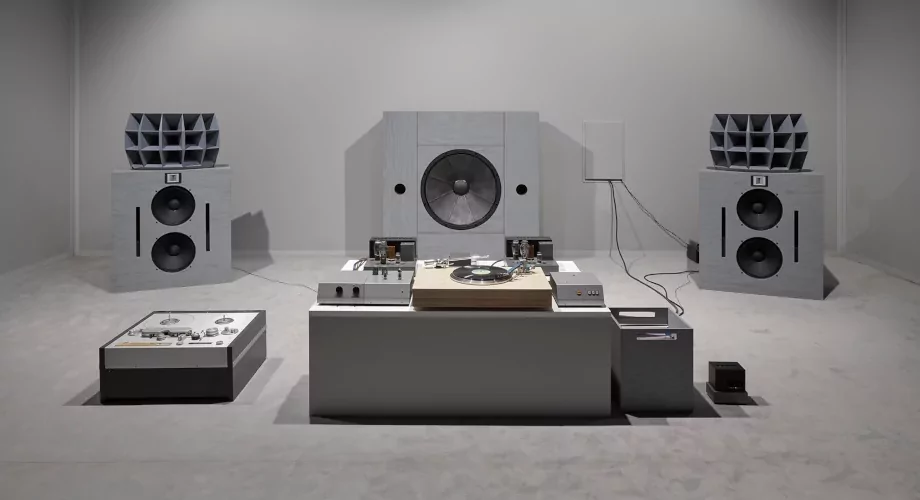Published on
February 6, 2024
Category
Features
Know your dampening from your decoupling.
Embarking on the enchanting journey into the world of vinyl for the first time is both thrilling and a touch daunting.
As you step into this realm, where the tactile joy of vinyl meets the nuances of sound quality, you may find yourself caught in the excitement of creating a new auditory haven. Yet, the landscape can be overwhelming, especially when terms like “Audiophile” and “High Fidelity / Hifi” may greet you with abstract allure.
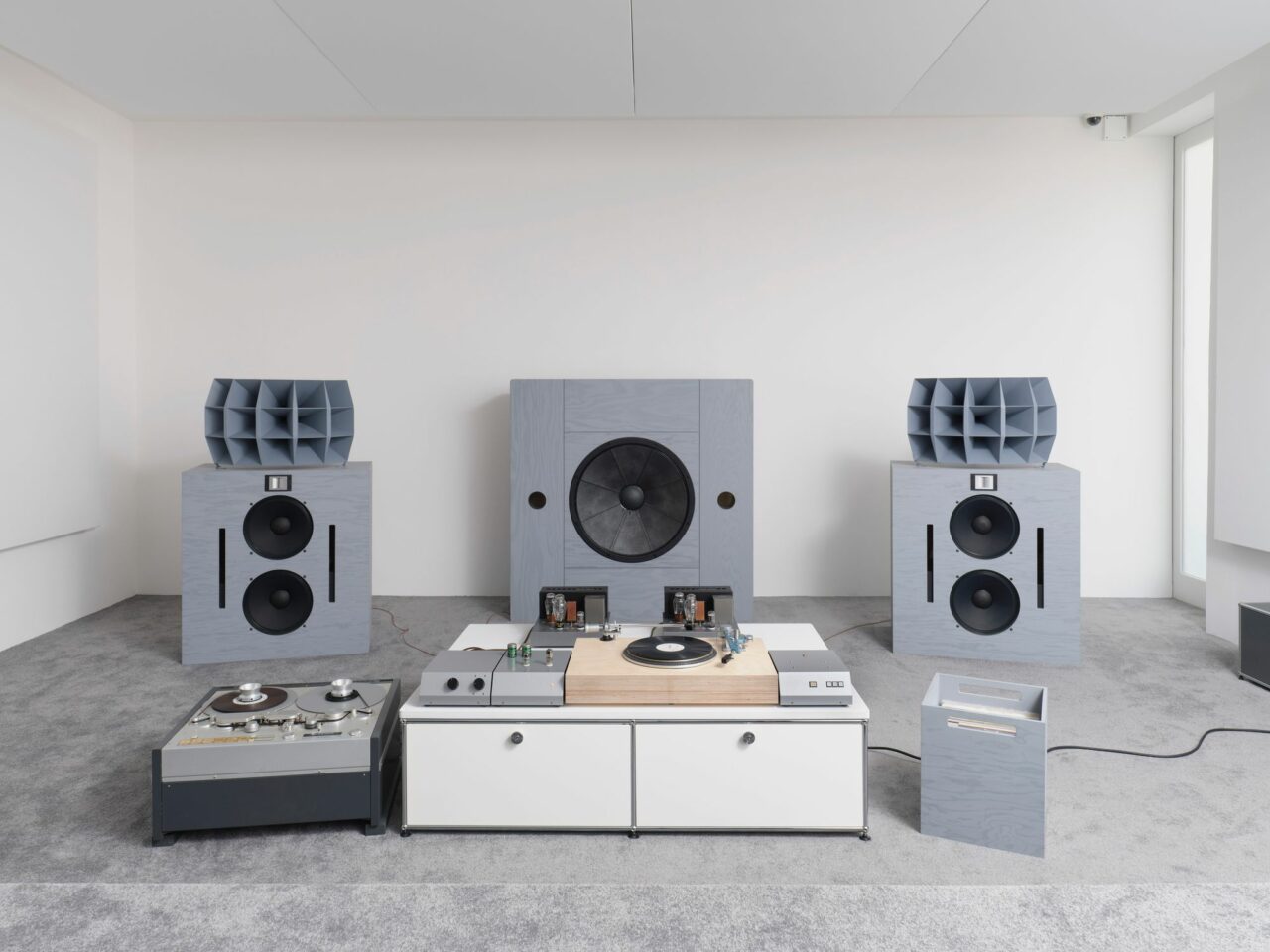
What do these terms really mean, and how do they shape your audio experience? The realm of audiophile forums might leave you more perplexed than enlightened. Fear not! This guide is your practical companion, unravelling the mysteries of the terminology surrounding audiophile turntables.
Defining an Audiophile
Let’s start with the basics. What exactly is an audiophile? An audiophile, in essence, is someone passionate about pursuing impeccably reproduced high-fidelity sound through a mix of factors:
High-Quality Source
The original music must be recorded using top-notch equipment, in a studio with skilled sound engineers.
Mastering and Pressing
The recording needs to be mastered and pressed to exceptionally high audio standards, whether on CD or vinyl, with a preference for direct-from-master tapes and quality vinyl.
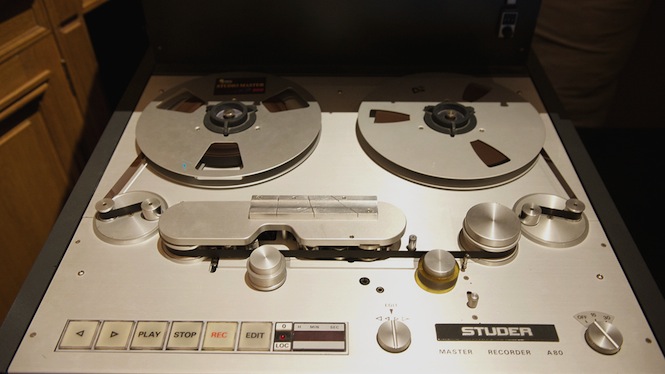
High-Quality Audio System
Playing the recording requires a high-quality audio system that faithfully reproduces the music, maintaining the integrity of the original recording.
In layman’s terms, audiophiles seek a combination of high-quality processes, ingredients, and equipment to extract the most from their audio experience. Over time, the term “HiFi” has evolved to represent audio components that surpass consumer-grade systems commonly found in big box retailers.
Characteristics of an Audiophile Turntable
An audiophile turntable is focused on optimising sound quality and the inherent characteristics of vinyl records. These turntables generally exceed both in quality and price when compared to mass-produced, plastic-bodied counterparts. They tend to have the following features:
Precision Operation
Audiophile turntables are designed to operate with minimal variation in speed or platter position, reducing phenomena like wow and flutter.
Frictionless Tonearm
The tonearm operates with minimal friction, providing adjustability to accommodate various cartridges and ensuring optimal performance.
Vibration Reduction
The turntable motor is engineered to produce minimal vibrations and resonance with built-in mechanisms to dampen unwanted vibrations.
Minimalist Design
Audiophile turntables often feature a minimalistic design, lacking extra built-in features like auto-change, pitch control, buttons, and lights. The design philosophy is centred around enhancing basic sound performance.
A distinctive characteristic of audiophile setups is the separation of components to mitigate two undesirable audio phenomena: resonance and feedback.
When turntables and speakers share the same furniture or platform, the vibrations produced by the speakers can interfere with the precise performance of the turntable. This interference manifests as resonance–a phenomenon that distorts the purity of the audio signal.
To prevent this, audiophiles often employ speaker stands or wall mounts. Elevating speakers or affixing them to walls diminishes the transmission of vibrations between the turntable and speakers. This separation of components is a crucial aspect of serious sound systems, where every sonic detail is cherished and preserved.
For example, the reason why all-in-one suitcase turntable systems often draw the ire of audiophiles is because of the failings of an integrated system. The proximity of components within the confined space of a suitcase design can lead to cross-contamination of vibrations, resulting in compromised audio fidelity. Audiophiles will steer clear of these all-in-one solutions, opting instead for the precision afforded by separate units and careful placement.
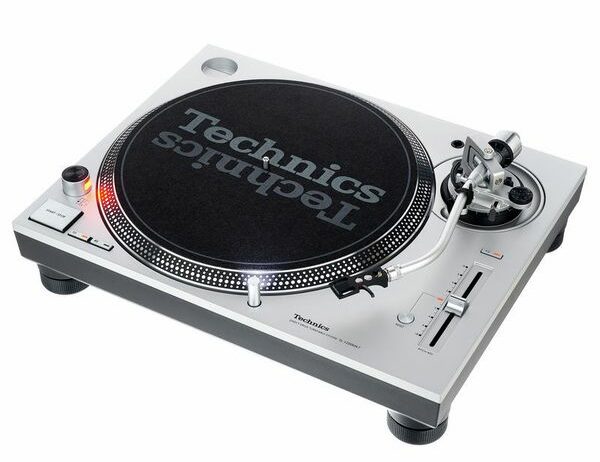
Audiophile turntables can be found all across the price spectrum. Entry-level models, like the AT-LP120XUSB or Project T1, are typically priced between £100 and £500. Moving into the mid-range, models such as the Technics 1200MK7 occupy the £500 to £1000 bracket. Meanwhile, the high-end echelon boasts names like the Clearaudio Concept, with prices soaring from £1000 to well beyond £100,000. In the audiophile realm, a £400 turntable is often seen as affordable, illustrating the unique perspective within this passionate community.
Commonly Used Turntable Terms
To navigate the world of audiophile turntables, it’s essential to understand common terminology. Here’s a glossary to shed light on some frequently used terms:
Resonance / Rumble / Vibrations / Reverb / The Shakes: Unwanted vibrations that affect needle performance in the record groove, often caused by various elements including turntable parts, the motor, speaker bass, and external factors.
Dampen / Damping / Dampening: Absorbing or reducing vibrations, achieved through materials like rubber and Sorbothane, as well as decoupling methods.
Plinth / Chassis: The body of the turntable, often made of Medium Density Fiberboard (MDF) for its durability and vibration absorption properties.
Platter: The circular base on which the record spins, made of materials like metal or acrylic for rigidity and weight.
Bearing: The component found in the turntable motor and tonearm that facilitates smooth rotation with minimal friction, often utilising high-quality Teflon bearings.
Decoupled / Decoupling: Separating mechanisms to minimize interference, particularly between the tonearm and motor.
Belt-Drive / Direct Drive: Belt-drive turntables use a pulley system, preferred for audiophile setups because of decoupling benefits. Direct drive turntables, like the Technics 1200, have the motor directly connected to the platter and are often used in DJ setups.
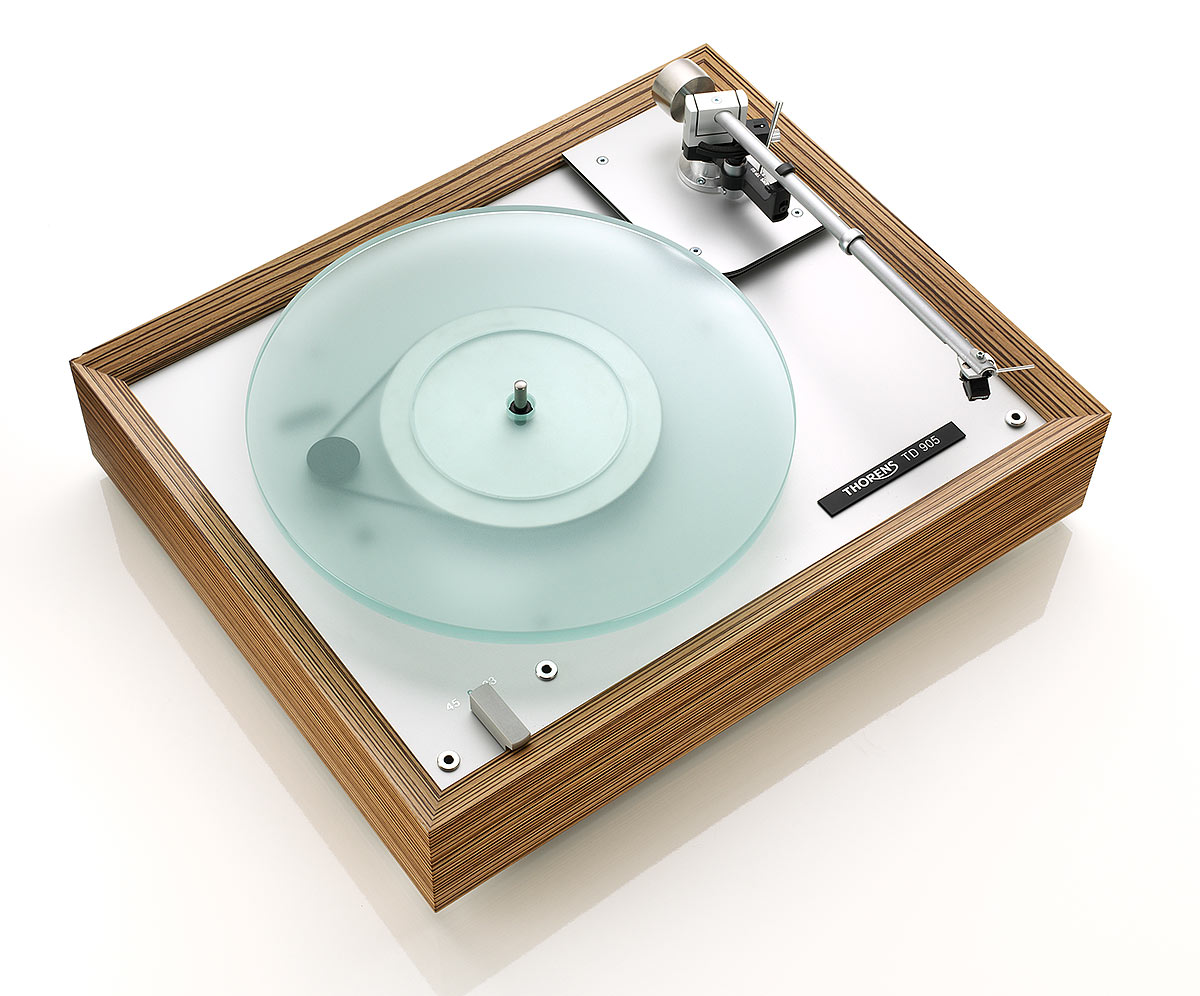
Interconnect: The cable connecting the turntable to the pre-amp or output amp, also known as an RCA cable.
Stylus vs. Needle vs. Cartridge: Stylus refers to the removable part of the cartridge containing the tip, cantilever, and attaching piece. Stylus and needle are used interchangeably. The cartridge encompasses the entire mechanism, including the stylus.
MM Cartridge vs. MC Cartridge: Moving Magnet (MM) cartridges are recommended for most users because of their affordability and widespread availability. Moving Coil (MC) cartridges are more expensive, fragile, and may require special amps/pre-amps.
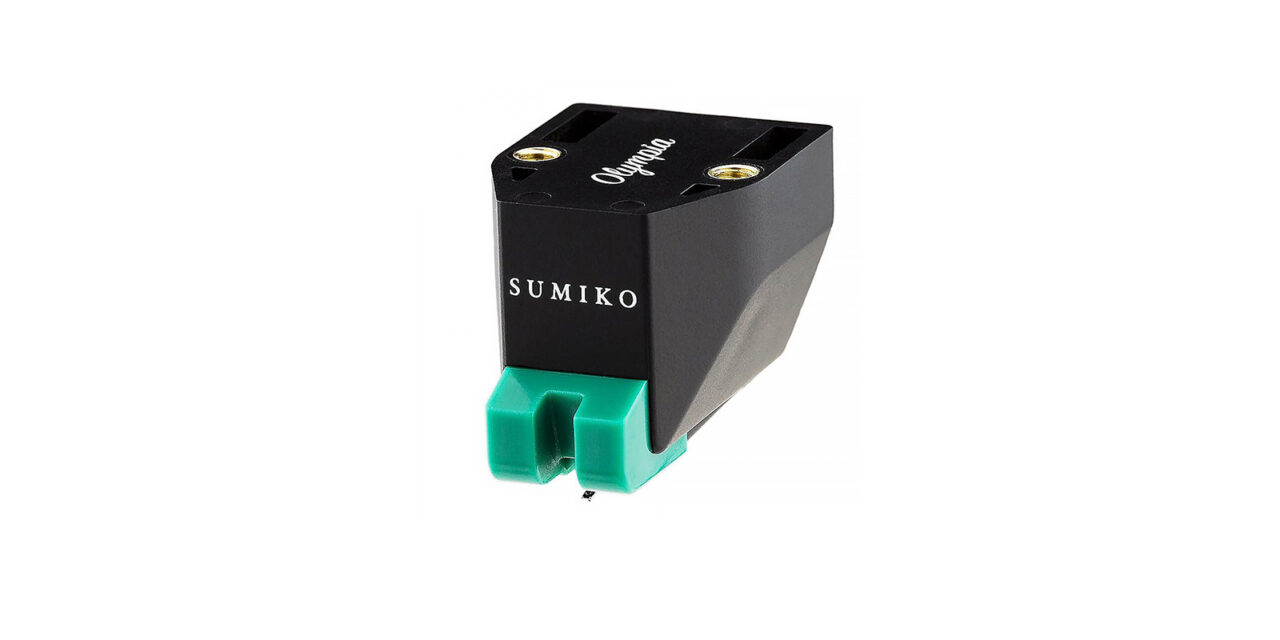
Spherical vs. Elliptical Stylus: Elliptical stylus, though more expensive, provides better sound quality by accurately following record groove oscillations. A spherical stylus is recommended for DJing, particularly during heavy scratching and back-cueing.
Diamond Tip Cartridge: Cartridges featuring small diamonds on the stylus tip, with a preference for diamond over ceramic for better sound quality.
Tipped vs. Nude Diamond Stylus: Tipped diamond cartridges have a diamond cap glued to a metal shank, while nude diamond cartridges forgo the metal shank. A nude diamond stylus offers clearer high frequencies and better retrieval of subtle details, but is more expensive.
Anti-Skating: An adjustment to balance the stylus in the record groove, compensating for the natural force pulling the cartridge toward the label and ensuring optimal tracking.
Check out more expert guides, including our guide to DJ headphones and the best vinyl accessories.
Read more: A guide to record storage and alternatives to IKEA

